Learn more about sustainable Fashion
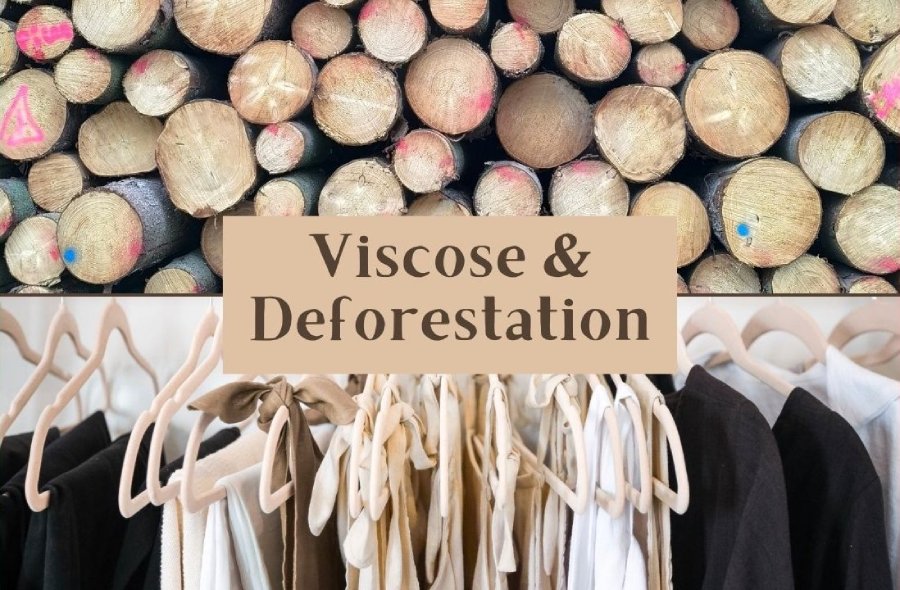
Destroying Indonesian Rainforests For Fashion: The Truth About Viscose
In recent years, viscose has gained popularity as an alternative to synthetic polyester and natural cotton – currently the most common materials used for clothing. Viscose is derived from trees, which has led many to believe it is an eco-friendly option. But behind the slick marketing lies a much darker story. For this article, I explored how Indonesia’s forests and peatlands are affected by the textile industry, uncovering the socio-economic and environmental costs of pulpwood plantations used to produce viscose and other manmade cellulosic fibers (MMCFs) for our clothes…
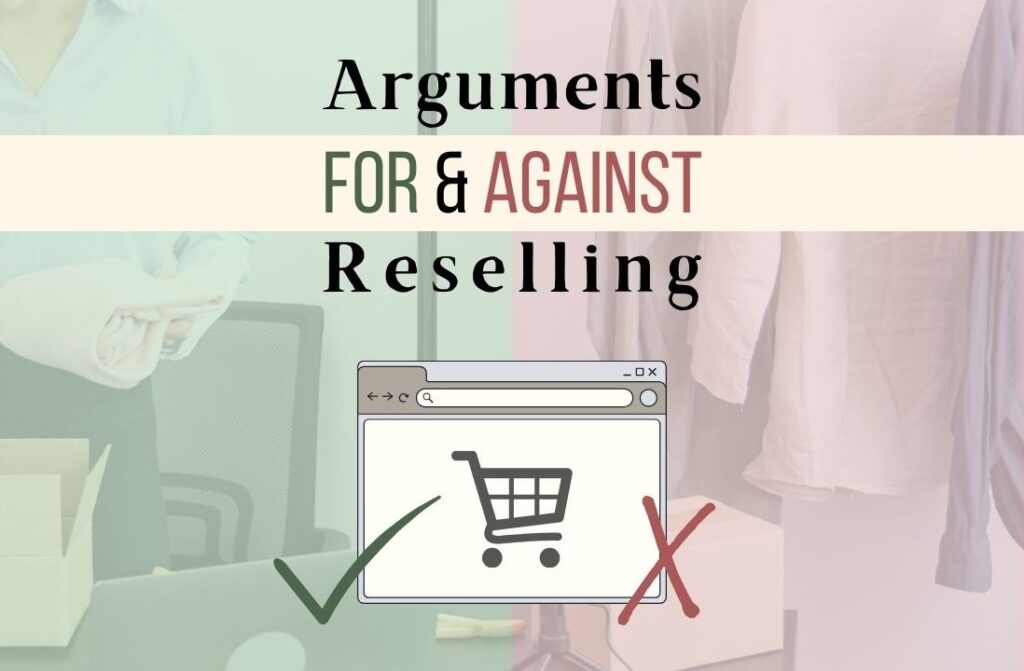
6 Arguments For And Against Reselling Secondhand Clothes
Secondhand shopping is one of the most affordable ways to participate in sustainable fashion, but the landscape in this industry is changing. Thrifting has now become a trend and the practice of reselling pre-loved clothes has gained significant traction. Questions have arisen about the ethics of reselling, particularly when it comes to issues like pricing, accessibility and the environmental impact. It seems this debate has largely been polarised into two extremes. For this article, I researched both sides and gathered arguments for and against reselling secondhand clothes. I am hoping this overview will make it easier for you to form an opinion. At the end, I will also share my own thoughts and where I stand on this topic…
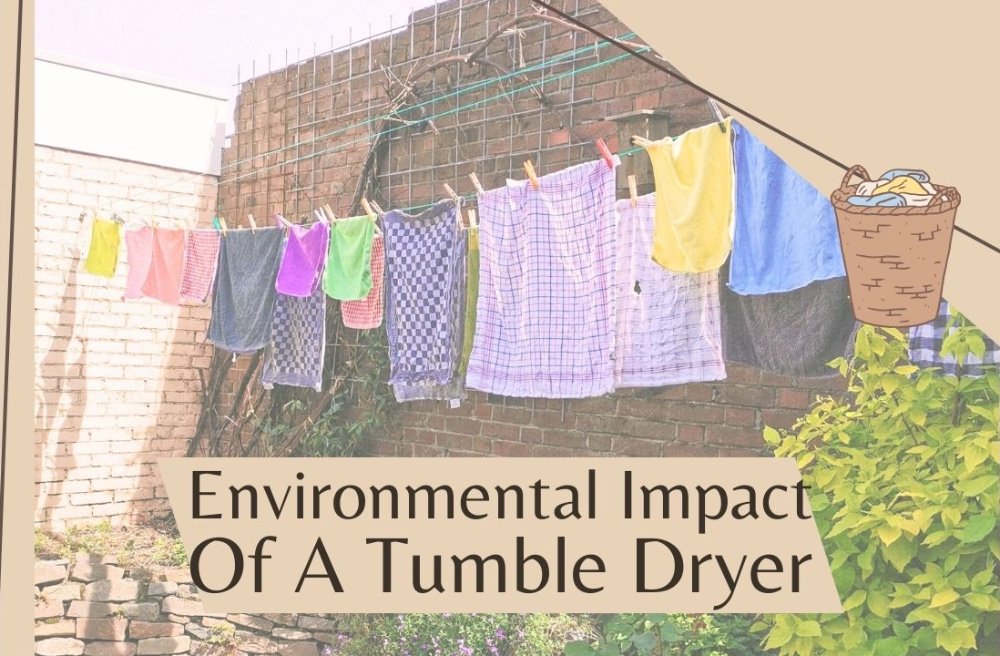
This Is Why Air Drying Is Better Than Tumble Drying
Every choice we make can have a profound impact on the environment. When there’s a machine or tool that can make our daily lives easier and more comfortable, we are always quick to purchase it. But have we gone too far? Where do we draw the line between necessity and excessiveness? Maybe some of the products the corporate world is giving us, are not the best choice for us and the planet. In this article, we’re going to look at what tumble dryers are doing to our clothes and the environment, and why you should consider the natural and sustainable alternative to dry your laundry…

6 Reasons Why Sewing Can Be A Sustainable Hobby
A sewing machine used to be one of those appliances you could find in every household. Before ready-to-wear clothes completely took over, most of a family’s clothing was home-made. In today’s fashion industry that is filled with cheap mass-produced clothes, sewing at home is not a necessity anymore. I’m not saying we should go back to the old times and start making all of our own clothes again. I know not everyone has time to sew, not everyone would enjoy it and not everyone would be skilled at it. But I do believe even just learning about sewing and trying it out could have positive effects and reduce some of the negative impacts fashion currently has on the world. This can be indirectly by changing your attitude towards fashion, or directly by taking control over parts of the production process and thus minimizing the impact. In this article, you can read 6 ways sewing can contribute to a more sustainable fashion industry. If you are creative by nature or you have an interest in learning new skills, now might be the perfect time to try out this new hobby…
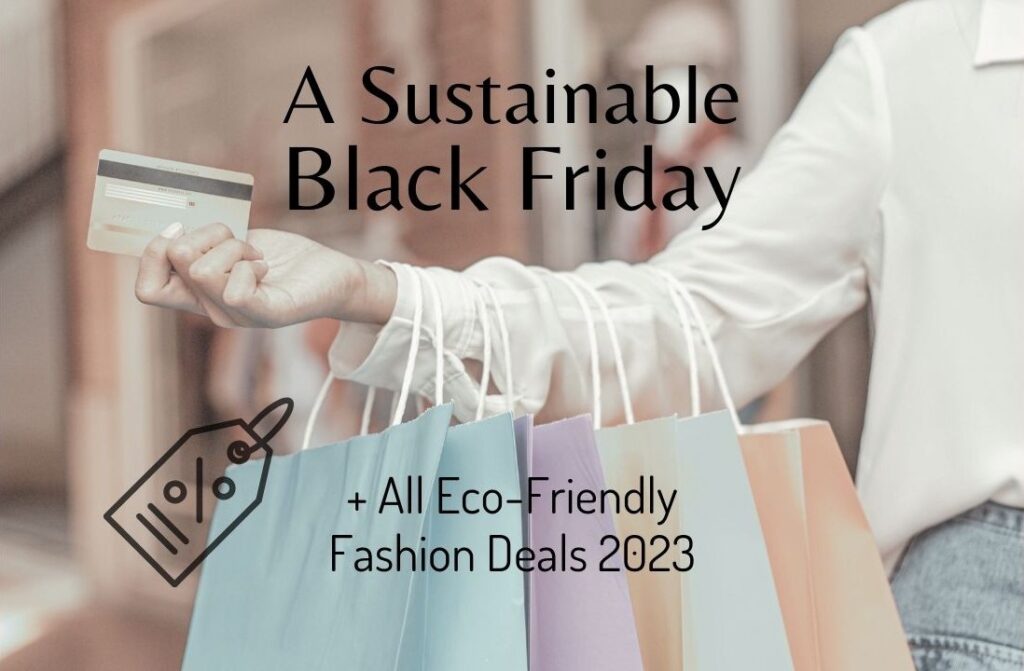
How To Make Black Friday Sustainable + All Eco Fashion Deals 2023
Christmas is the most wonderful time of the year, but some people are way more excited for the event that takes place a month before: Black Friday and Cyber Monday. For anywhere between one day and a few weeks, stores all over the world offer massive discounts, and this year’s Black Friday is right around the corner. Ethically Dressed was created to research sustainable fashion and promote brands that have a positive impact on the world. A huge sales event like Black Friday naturally encourages overconsumption because it allows consumers to purchase more than they usually could and would. So can sustainable fashion and Black Friday coexist? Spoiler: yes, you have the ability to make conscious decisions while still getting involved in the discounts. In this article, I’ll explain why Black Friday is generally a harmful time of the year, how you can still engage in it sustainably, and you can see a list of sustainable brands that are offering deals this year…
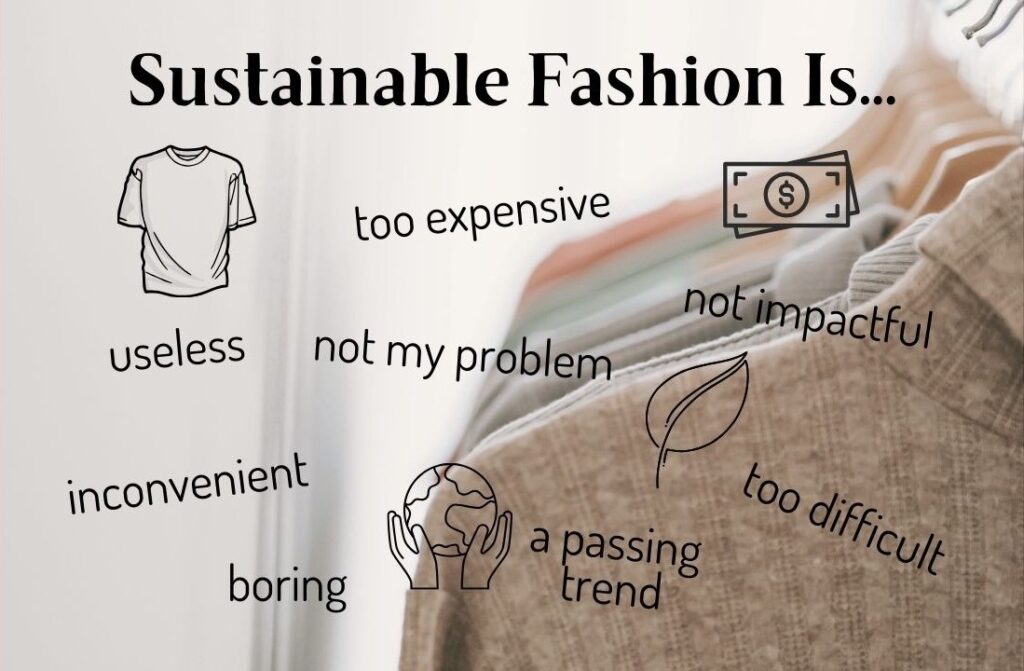
Debunking 5 Common Misconceptions About Sustainable Fashion
Sustainable fashion has gained significant attention in recent years as consumers are becoming more aware of the environmental impacts of the fashion industry. While this is undoubtedly positive, there are a lot of beliefs about sustainability that aren’t entirely true or more nuanced than they seem. These beliefs and statements are often used as reasons for people to not change their shopping behaviour. In today’s world with internet and social media, it is very easy for misinformation to be spread and to blindly believe what you read. To collectively work towards a more sustainable future, it is essential that we address these misconceptions. In this article, I’m shedding light on the true meaning and essence of sustainable fashion by debunking 5 of the most common misconceptions. If you’re someone who has concerns about sustainability and feels like you can’t or don’t want to be involved, I’m hoping to inspire you with this article to change your perspective and start making informed choices…
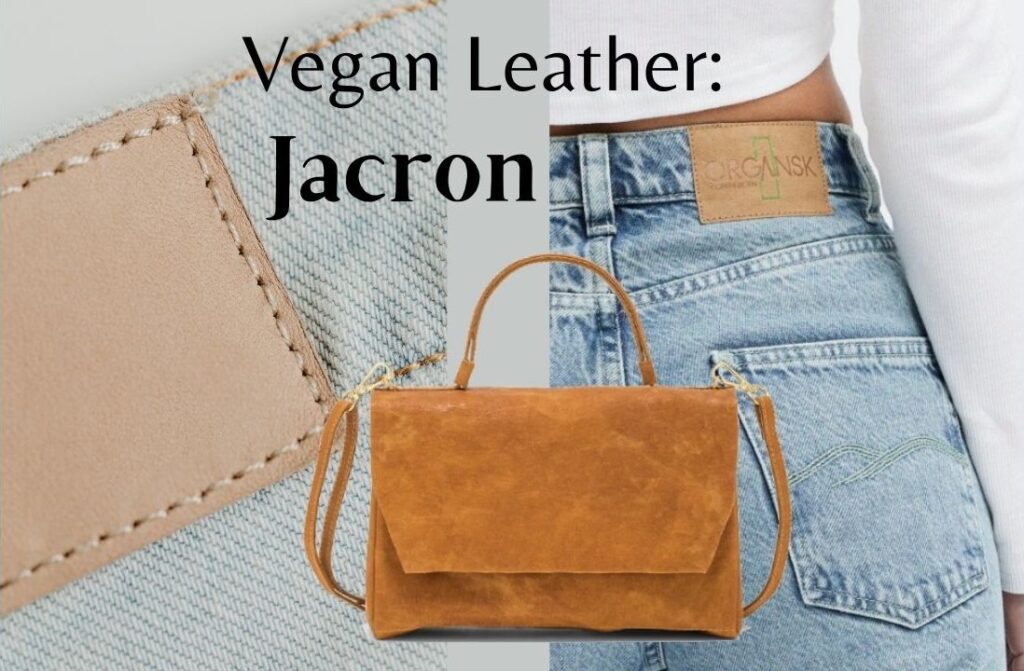
Washable Paper: Is It Sustainable Or Just Greenwashing?
Not sure if you have ever heard of ‘Jacron’, I hadn’t. But if you love wearing jeans, you might already know what material it is. In this article you will learn more about Jacron, how it is made, if it is a sustainable alternative for leather and you will see an overview of sustainable fashion brands who are using this material…

This Is Why The SHEIN Brand Trip To China Backfired
Shein has once again made headlines for the wrong reasons after organising a brand trip that went wrong for both the company and the influencers involved. The fast fashion brand has been criticized for things like forced labour and their negative impact on the environment. To rehabilitate their image and try to show the reports written about the working conditions in their factories are not true, Shein organised a sponsored trip with 6 American social media influencers. And not to an exotic island, but to some of their manufacturing facilities in South China. The influencers shared their experience to their audience and the result is content full of classic greenwashing…
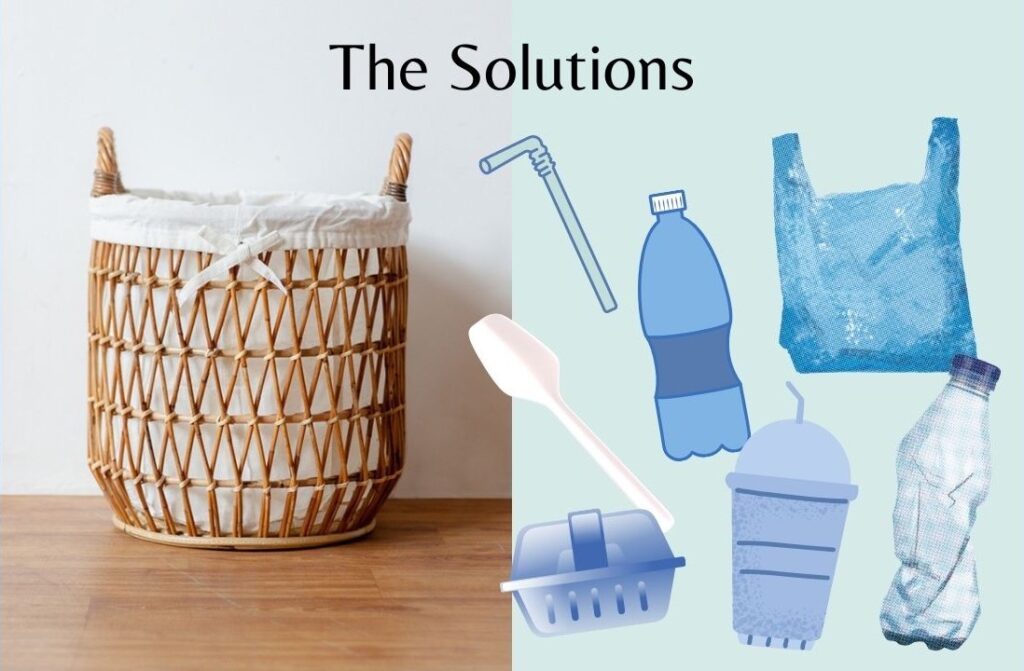
How To Reduce Microplastic Pollution From Our Clothes
The creation and excessive use of plastics in the past century have resulted in a new threat for the planet and all who inhabit it. Microplastics are infiltrating every part of our environment, affecting animals and our own health. Fashion contributes to this microplastic pollution because the most used clothing fiber is currently polyester, a plastic material. Luckily, there are things we can do to reduce the amount of microplastics we release and prevent them from ending up in our bodies. This 3-part series of posts will highlight the invisible threat that is entering our drinking water, how fashion is involved and what you can do to lower your own impact. In this third and last part, we’re going to look at how we can reduce microplastic pollution and things you can incorporate into your daily life to contribute…

What Are Microplastics Doing To The Planet, People And Animals?
Plastic started out as a versatile and useful material that currently dominates many manufacturing industries, but it is now also starting to dominate the environment. Plastic products release microplastics when thrown away but also while being used. Microplastics are difficult for the human eye to see, so the potential negative effects are less visible and more difficult to measure compared to big plastics, but the amount of evidence is growing day by day to prove that microplastic pollution will have a terrible impact on marine ecosystems and human health. This 3-part series of posts will highlight this invisible threat that is entering our drinking water, how fashion is involved and what you can do to lower your own impact. In this second part, we’re going to look at the dangers and consequences of microplastic pollution…
